What is the current condition of the craters left by the asteroid impact on Earth?
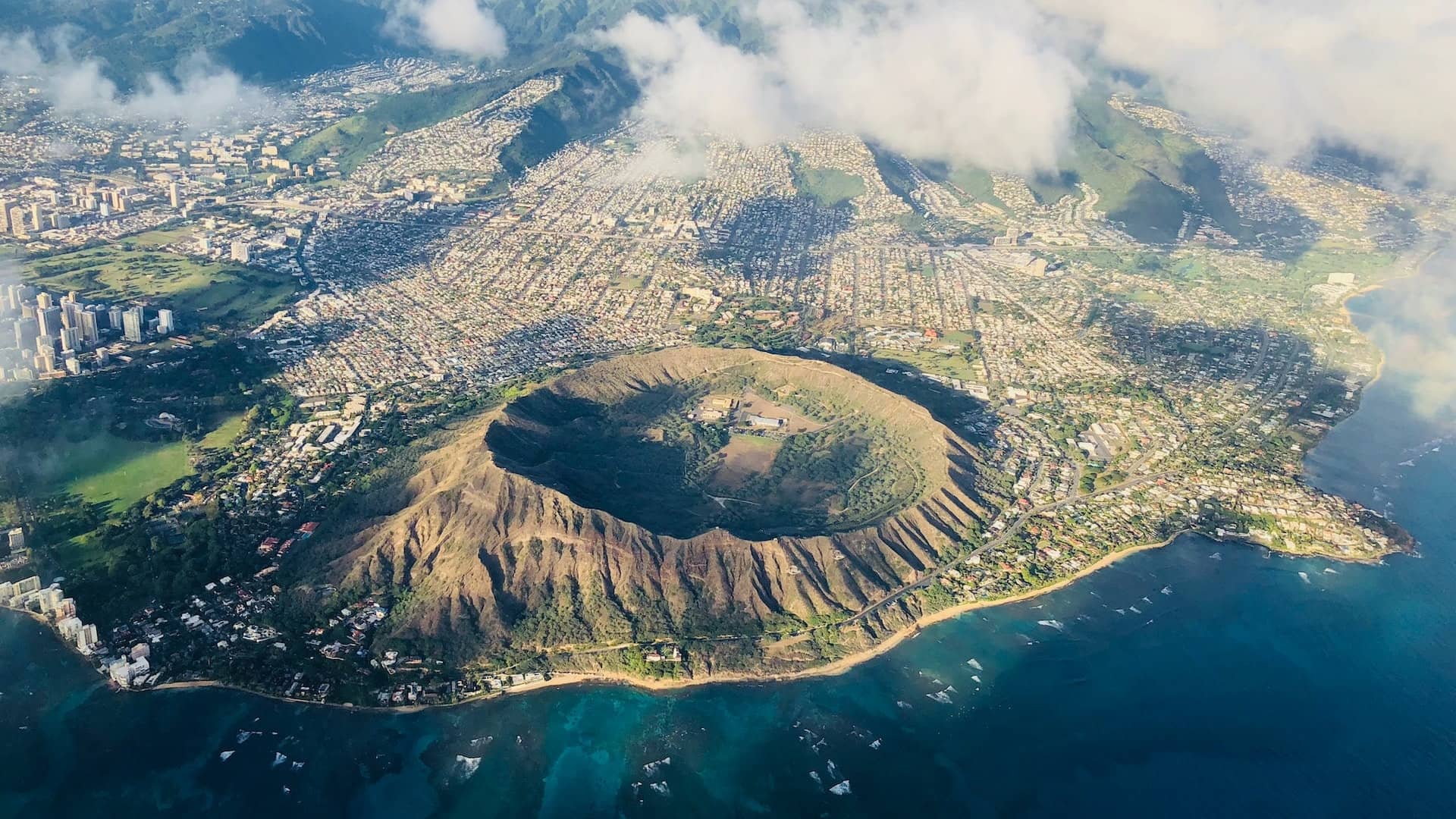
There are quite a few examples of large planets hitting the Earth throughout history, leaving craters large and small. This time, let's take a look at the seven spectacular craters left by asteroid impacts on Earth.
1、Australia, Spider Crater
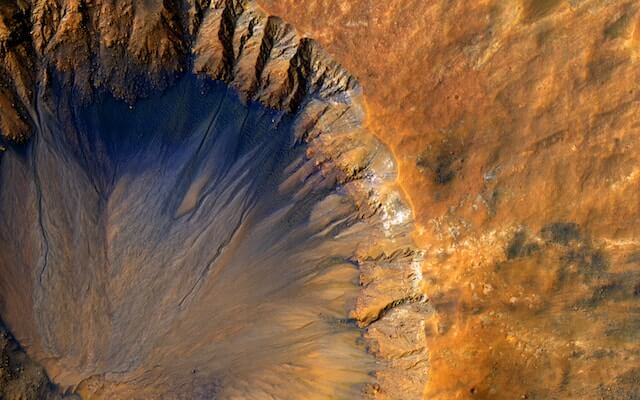
The Spider Crater is located in western Australia, and the fracture cone found in the center of this crater limits the age of the Spider Crater to a certain extent, although there is a great deal of uncertainty about this value.
NASA believes that the impact event that formed this crater occurred around 900-600 million years ago during the Neogene period, when the Earth was experiencing a severe freeze, known to geologists as the "Snowball Earth".
2. Mannigan Crater, Canada
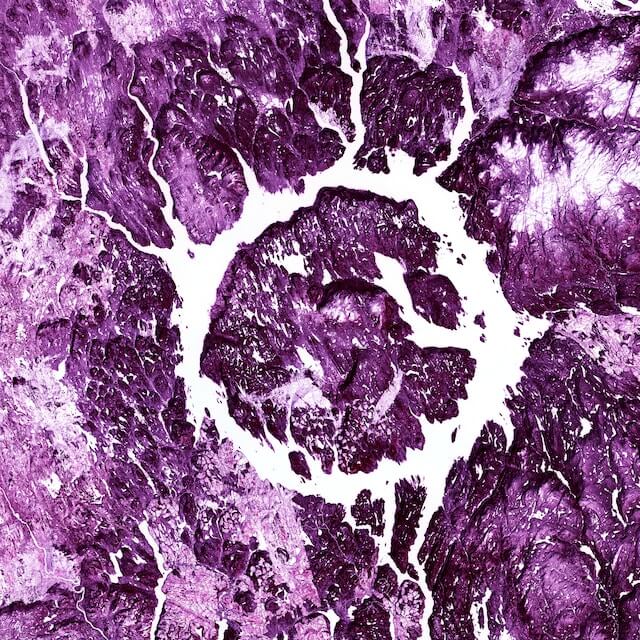
This crater, located in Quebec, Canada, is considered to be one of the largest and oldest surviving craters on Earth. It was formed roughly 214 million years ago during the Triassic period. This crater is one of the most recognizable from space and looks like a ring, with a very flat interior.
3. Barringer Crater, USA
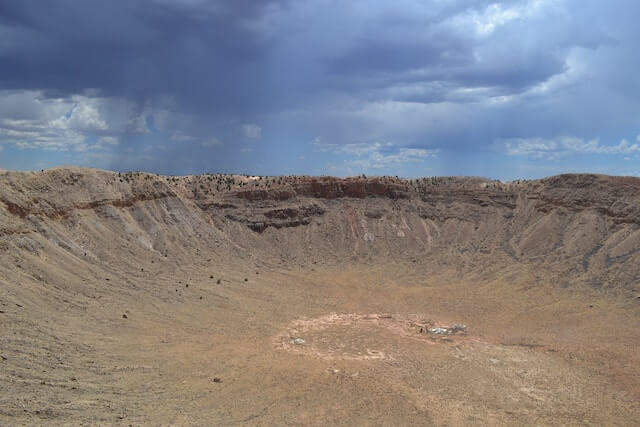
The first crater on Earth to be identified as having been formed by an extraterrestrial impact is this one in Arizona, USA. NASA believes that a meteorite about 80 feet in diameter struck the area of northern Arizona in the United States today and formed this impact crater about 20,000-50,000 years ago.
4. Friedberg Crater, South Africa
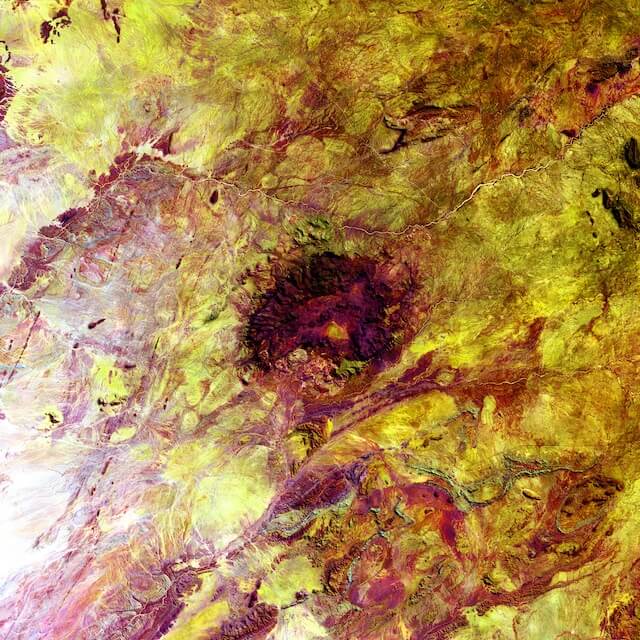
With a diameter of about 300 kilometers, the Friedberg Crater is the largest confirmed crater on Earth, and the entire crater appears colorful. This crater is located in South Africa and scientists believe it formed about 2 billion years ago. At that time, a meteorite with a diameter of about 10 kilometers struck the Earth.
5. Goss Crag, Australia
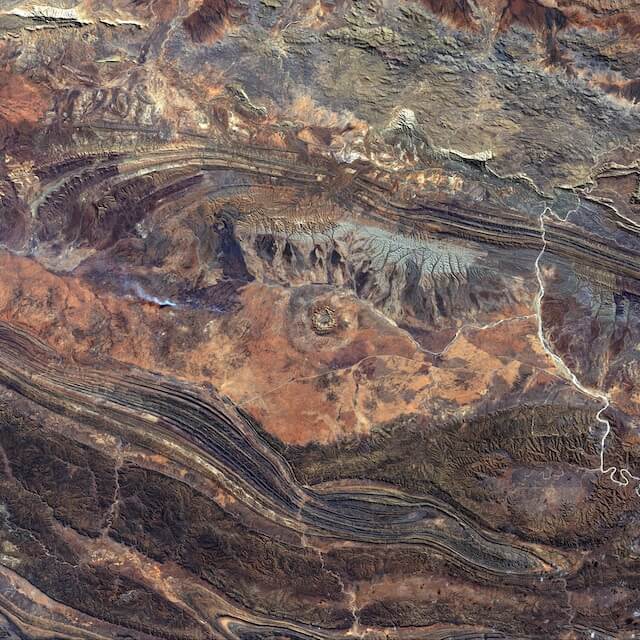
Goss Crater is located in the Northern Territory of Australia. This crater is 24 kilometers in diameter and was formed about 142 million years ago. Australia ranks second only to North America in terms of the number of craters that have been identified.
6. Bossumwe Crater, Ghana
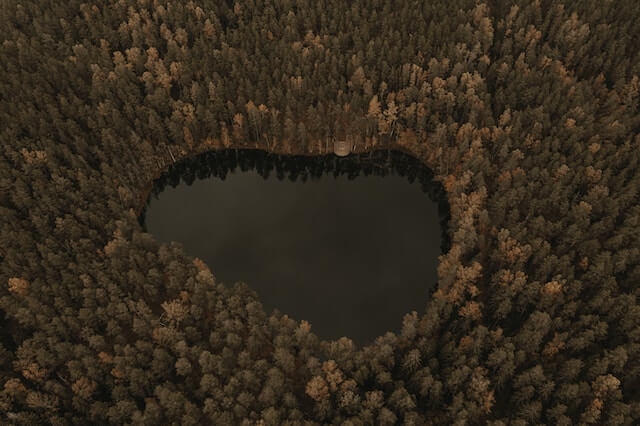
Bosumwe Crater was formed about one million years ago, and the water that now accumulates here forms Lake Bosumwe, a sacred place for the locals. The crater is located in a dense tropical rainforest, making it difficult to reach and study, but geologists have managed to confirm that the cause was indeed a meteorite impact.

